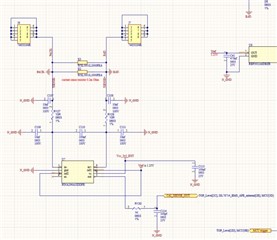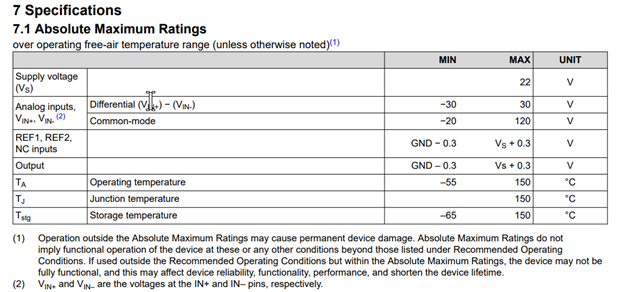Tool/software:
I am using INA296A3IDDFR for current measurement in my BMS application.
Circuit is designed as per attached image. I have provided 1.25 reference voltage as I am doing current measurement for bidirectional application.
1. When current is '0' - voltage at output pin (pin no. 5 0) ~1.25
2. During discharging, negative current, voltage at output pin starts decreasing upto 0 (pin no. 5 0) <1.25 - ) ,during short circuit 0V
3. During charging, positive current, voltage at output pin starts increasing upto 3.3 (pin no. 5 0) >1.25 )
IC is functioning as expected, but for 2/ 3 times during running condition, output of the pin became 0 to 0.1V permanently even when current is '0'.
I am not able to find the reason what could have damaged the IC.
Request your support.
We have performed multiple short circuit tests. During short circuit, it outputs 0V, as soon as BMS turns off MOSFET, current becomes 0 and IC resumes to 1.25V without getting damaged.



